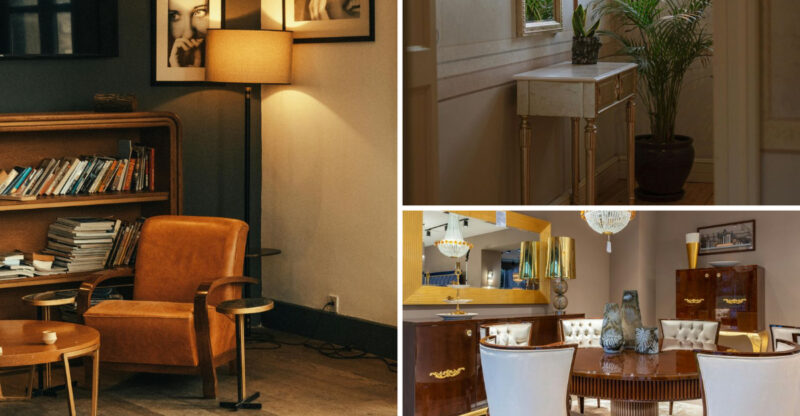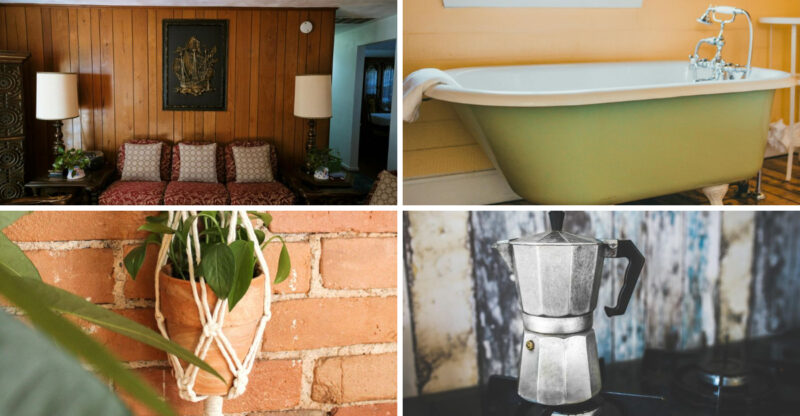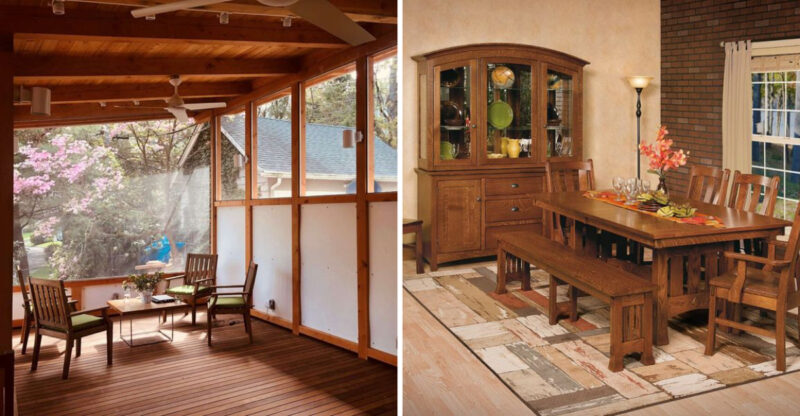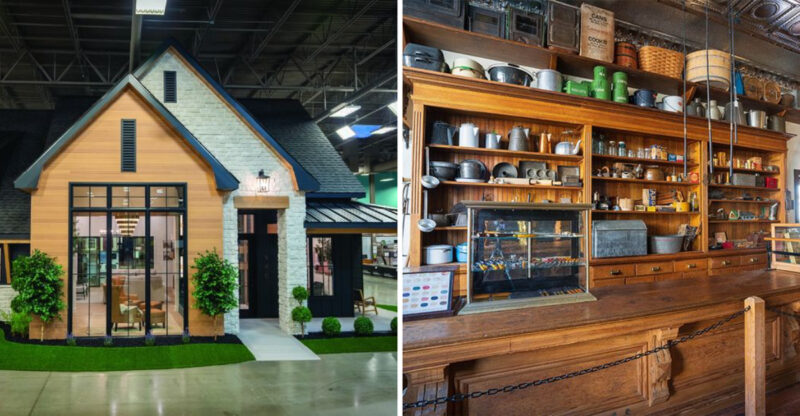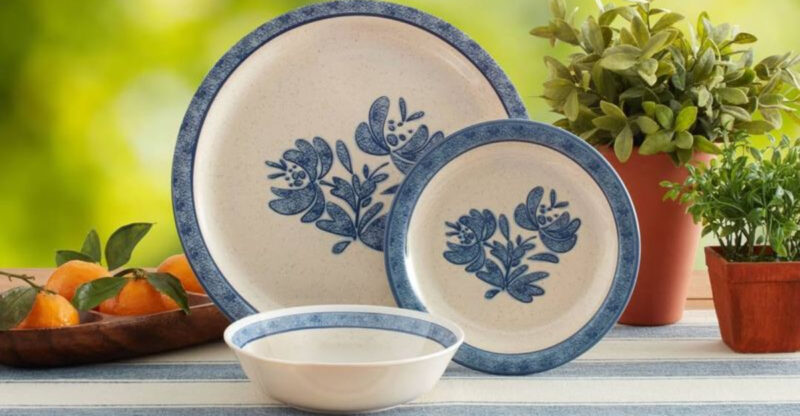7 Possessions That Should Be Let Go By Designers And 6 They May Consistently Favor
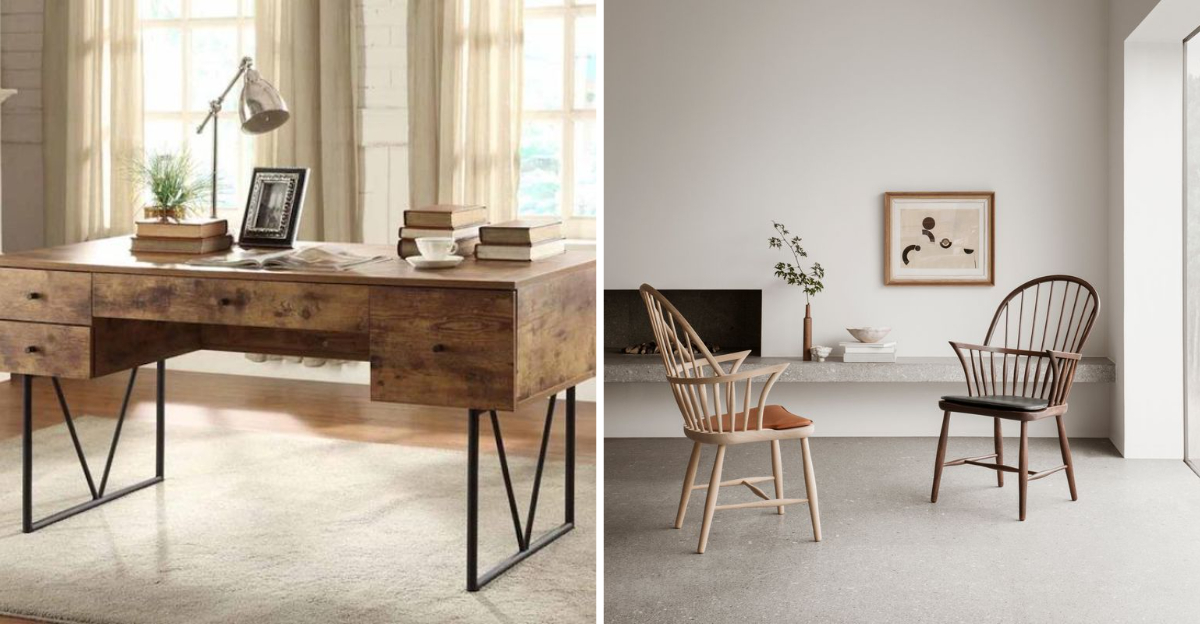
Ever wonder what separates top designers from the pack? Their keen eye for what stays and what goes makes all the difference in creating stunning spaces.
I’ve noticed certain furniture pieces have overstayed their welcome in modern design, while others remain timeless favorites among professionals.
Let’s explore which items designers are ditching and which they’re keeping close at hand.
1. Overstuffed Recliners
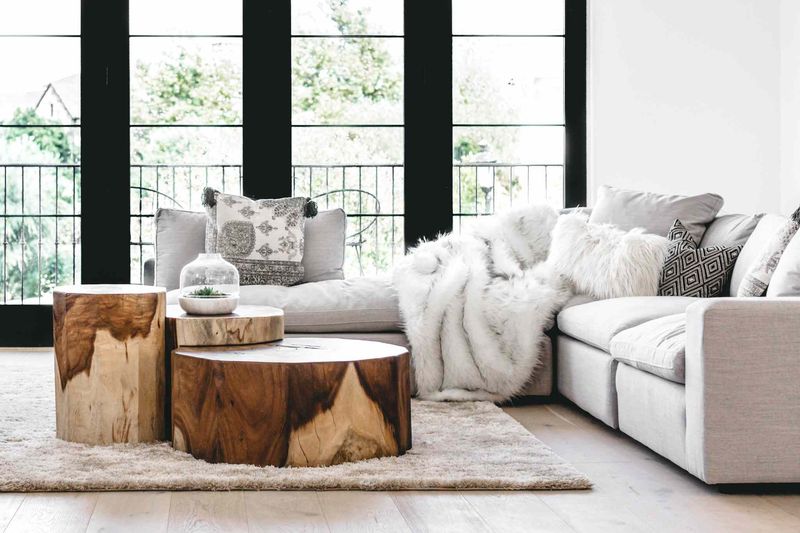
Those massive, puffy recliners that swallow you whole are design nightmares! While they might feel cozy for movie nights, they dominate rooms with their bulky silhouettes and rarely complement other furniture pieces.
Most quality designers avoid these space-hogging seats because they limit layout flexibility and often clash with more refined elements. The chunky proportions make small spaces feel cramped and large rooms feel unbalanced.
Modern alternatives like slim-profile lounge chairs with separate ottomans deliver comfort without sacrificing style. If you’re serious about elevating your space, saying goodbye to that oversized recliner might be your first step toward a more sophisticated home.
2. Bulky Entertainment Centers

Remember those massive wall units designed to house enormous tube TVs? These dinosaurs of furniture design continue lurking in homes despite being completely unnecessary in our flat-screen era.
Heavy entertainment centers with their countless cabinets and display shelves overwhelm rooms with visual weight. They collect dust, encourage clutter, and fight against the clean lines most designers prefer today.
Wall-mounted TVs paired with floating shelves or low-profile media consoles create breathing room and visual lightness. Letting go of these oversized entertainment fortresses instantly modernizes a space and opens up square footage you never knew you had!
3. Glass-Top Coffee Tables
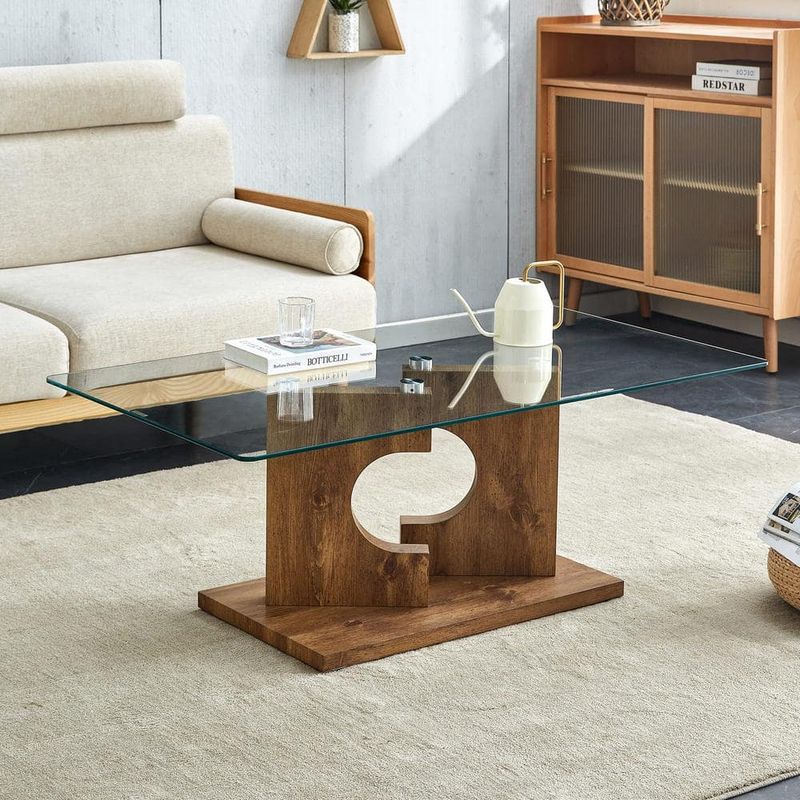
Glass coffee tables had their moment in the 90s and early 2000s, but design professionals are increasingly showing them the door. These fingerprint magnets require constant cleaning and often feature dated brass or chrome frames that clash with today’s warmer material palettes.
Safety concerns also plague these transparent surfaces anyone who’s bumped a shin or worried about kids around sharp corners knows this pain! The cold, hard surface rarely adds warmth or texture to a room.
Today’s designers favor coffee tables in natural materials like wood, stone, or textured metals that add character while remaining practical. These alternatives bring tactile interest and don’t show every speck of dust or smudged fingerprint.
4. Matching Bedroom Sets
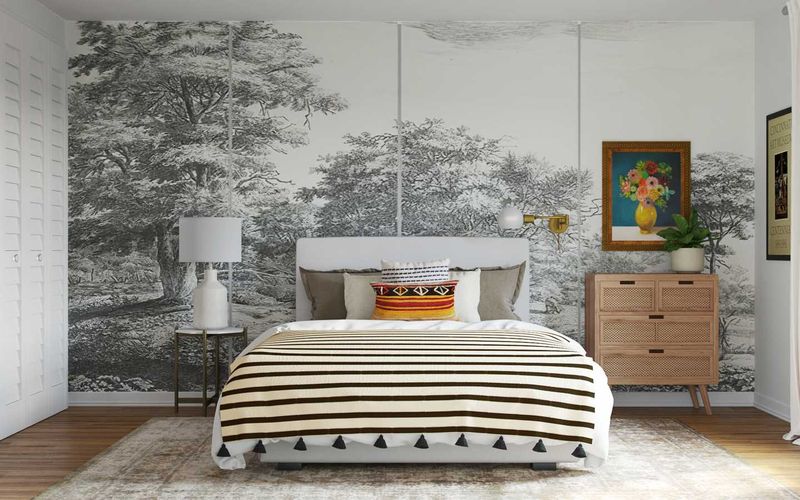
Walking into a bedroom where every piece of furniture matches perfectly screams “showroom floor” rather than “thoughtful design.” Those identical headboards, dressers, nightstands, and mirrors from big box stores create spaces devoid of personality or visual interest.
Designers cringe at these cookie-cutter collections because they miss opportunities for layering textures and creating depth. When everything matches too perfectly, rooms feel flat and uninspired, like they’re trying too hard.
Instead, mixing complementary pieces creates rooms with character and story. A vintage dresser paired with a contemporary bed frame or nightstands in a contrasting finish brings intentional design that evolves over time rather than being purchased all at once from a catalog.
5. Outdated China Cabinets
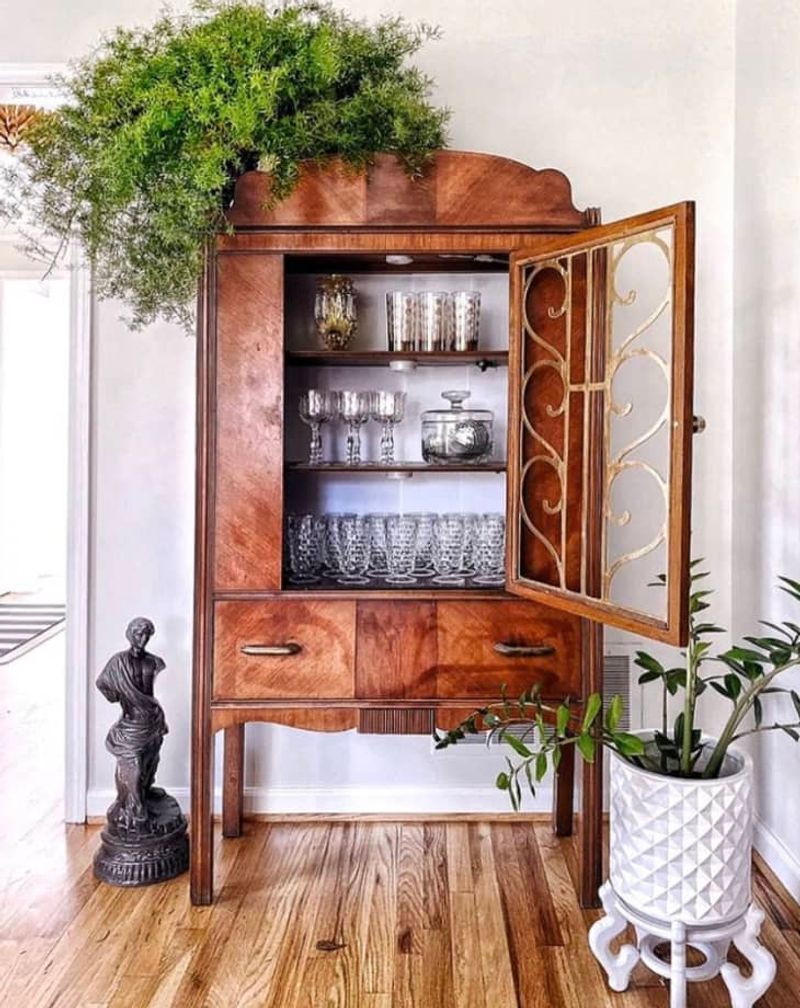
Formal china cabinets, especially those heavy oak or cherry monstrosities from the 1980s and 90s, are rapidly disappearing from designer spaces. These towering display cases often feel fussy and overly traditional in today’s more casual homes.
Many families no longer collect formal dinnerware sets or need dedicated storage for rarely-used items. The imposing presence of these cabinets can make dining spaces feel cramped and dated, while their specific purpose limits flexibility.
Modern alternatives like open shelving, low buffets, or multifunctional credenzas provide storage without the stuffiness. If you’re holding onto grandma’s china cabinet out of obligation rather than love, consider that there might be more versatile pieces better suited to how you actually live.
6. Faux Plants That Collect Dust
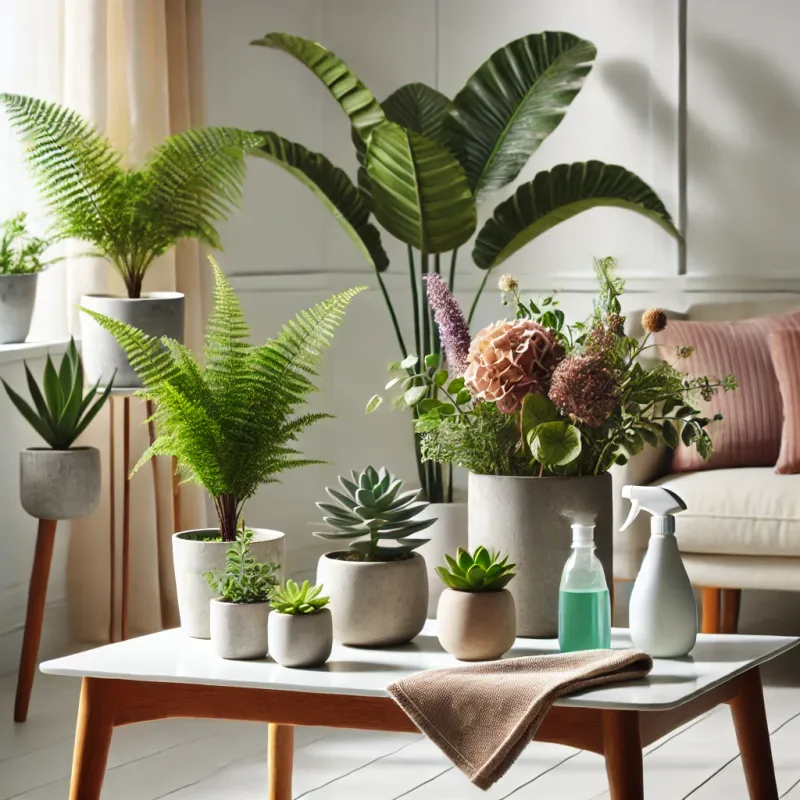
Artificial plants seemed like a maintenance-free solution, but designers are increasingly showing these dust collectors the door. Nothing screams “neglected space” quite like a layer of grime on plastic leaves that never change with the seasons.
Even high-quality faux greenery eventually fades from sunlight exposure, developing that telltale artificial sheen. The static nature of fake plants misses the life-giving energy that real plants bring to spaces through subtle movement, growth, and seasonal changes.
Live plants connect interiors with nature, improve air quality, and require interaction that builds relationship with your space. If maintenance concerns you, many low-maintenance varieties like snake plants, ZZ plants, and pothos thrive with minimal attention while bringing authentic natural elements into your home.
7. Heavy Window Treatments
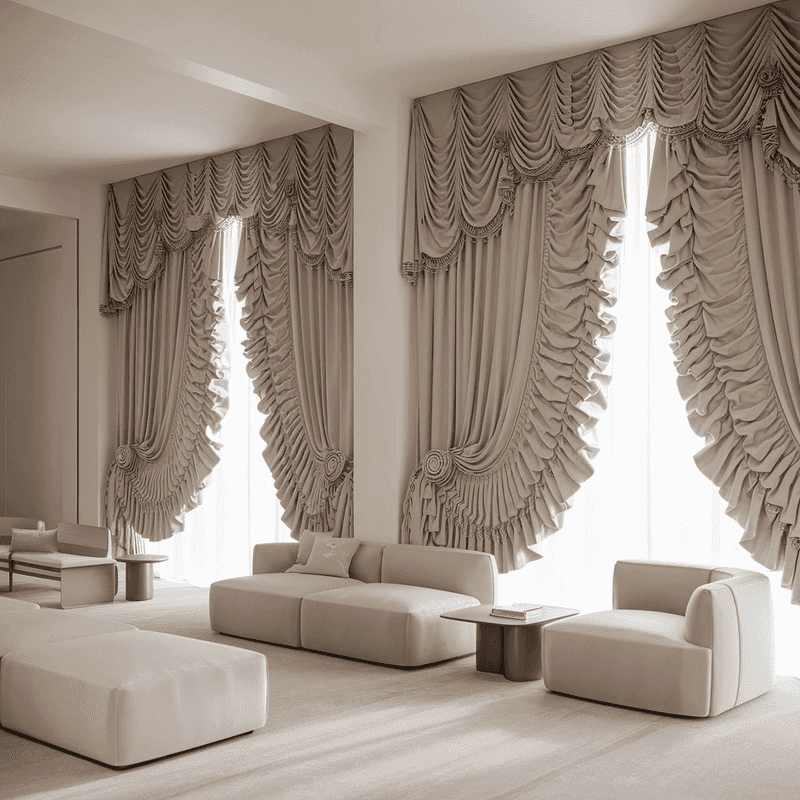
Those massive, multilayered window treatments with valances, swags, and puddles of fabric touching the floor are firmly in designers’ rearview mirrors. These fabric monstrosities block natural light, collect dust, and date a room faster than almost any other element.
Heavy drapes with tassels and tie-backs feel fussy and formal in today’s more relaxed interiors. They’re often expensive to clean and difficult to update as styles change.
Modern window treatments focus on simple, functional designs that frame views without overwhelming them. Linen panels, woven shades, or minimal blinds provide privacy and light control without the visual weight. Natural light is too precious a commodity to sacrifice to outdated window fashions that dominate rather than complement your space.
8. Mid-Century Sideboards
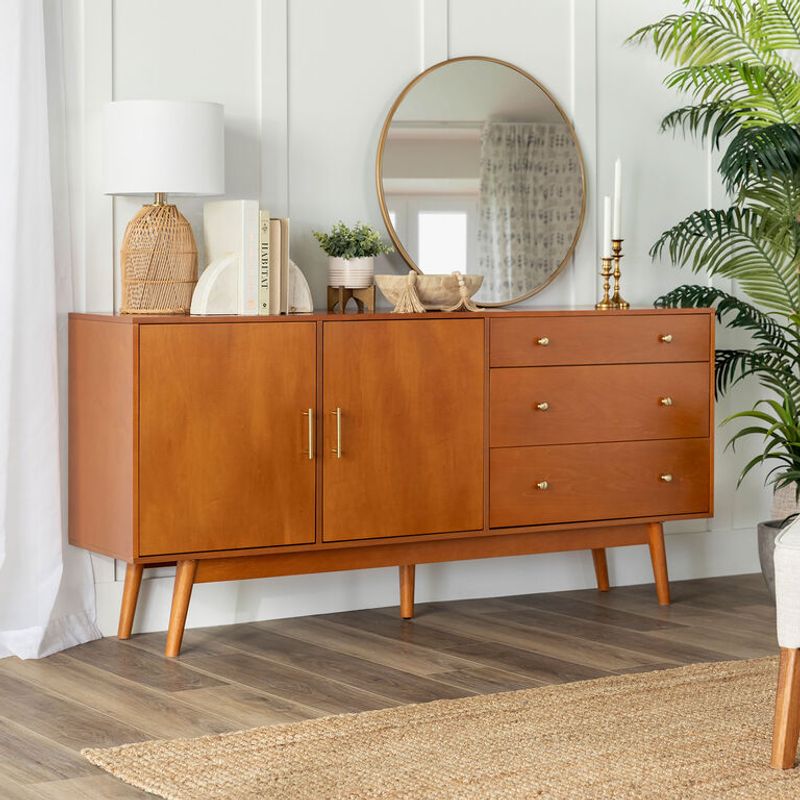
Sleek mid-century sideboards with their clean lines and tapered legs have captured designers’ hearts for good reason! These versatile pieces work magic in almost any room, offering generous storage while maintaining an airy, floating quality that heavy furniture lacks.
The timeless proportions of these Danish-inspired pieces complement both contemporary and traditional interiors. Their warm wood tones bring natural elements into spaces dominated by upholstery and hard surfaces.
What makes designers consistently favor these pieces is their chameleon-like ability to serve multiple functions. They work beautifully as media consoles, dining room buffets, entryway tables, or bedroom dressers. Unlike trend-driven pieces, quality mid-century sideboards appreciate in value while continuing to solve storage challenges with understated elegance.
9. Eames-Style Lounge Chairs

The iconic Eames lounge chair and ottoman remain design royalty for good reason! First introduced in 1956, this perfectly proportioned seat combines sumptuous comfort with architectural form that designers consistently champion.
Unlike trendy pieces that quickly feel dated, the Eames lounge creates a sophisticated focal point that elevates any room. The combination of molded plywood, supple leather, and that distinctive silhouette brings warmth and interest without overwhelming a space.
Designers particularly value how this chair bridges different styles it complements everything from minimalist spaces to eclectic rooms filled with collected treasures. Whether in classic black leather or contemporary white, these chairs become heirloom pieces that appreciate in value while providing the perfect spot for reading, conversation, or simply admiring their perfect design.
10. Windsor Dining Chairs
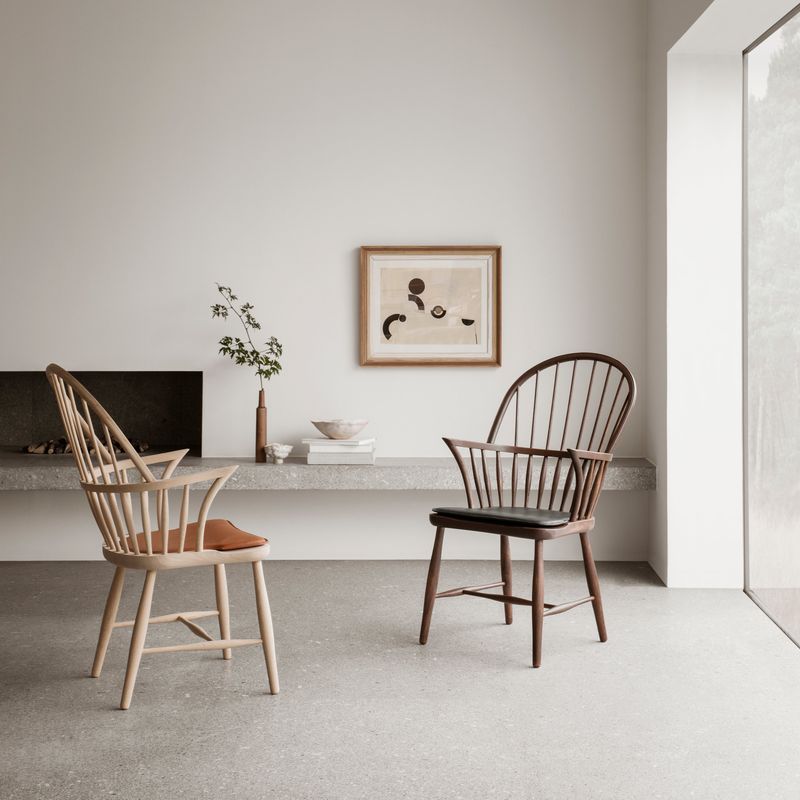
Windsor chairs have survived centuries of changing tastes for good reason their honest construction and architectural presence bring character to dining spaces without visual heaviness. Designers consistently return to these spindle-backed beauties for their versatility across design styles.
The genius of Windsor chairs lies in their ability to mix with almost anything. They complement rustic farm tables, sleek modern slabs, and traditional dining tables with equal ease. Their open construction creates visual breathing room around substantial tables.
Black-painted Windsors bring graphic punch to neutral spaces, while natural wood versions add warmth to contemporary rooms. Unlike fully upholstered dining chairs that quickly show wear and stains, these hardworking classics handle daily use gracefully while developing a beautiful patina that only improves with age.
11. Minimalist Bookshelves
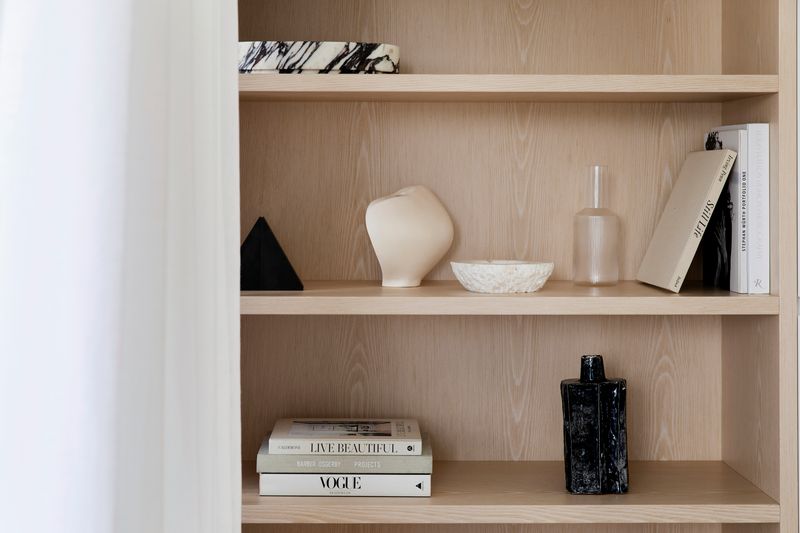
Clean-lined, minimalist bookshelves have earned permanent status in designers’ arsenals by solving storage challenges without visual clutter. Unlike heavy built-ins or ornate étagères, these architectural pieces disappear into spaces while showcasing what matters.
The beauty of minimalist shelving lies in its versatility. These pieces work equally well displaying cherished objects, organizing books, or creating room divisions without blocking light. Their simple forms adapt to changing needs as your collection grows or your style evolves.
Designers particularly value how these unassuming shelves let your possessions become the stars of the show. Whether in natural wood that warms as it ages or powder-coated metal that brings subtle industrial edge, these hardworking pieces earn their keep through perfect proportion and quiet confidence rather than decorative flourishes.
12. Antique Writing Desks

Antique writing desks bring something irreplaceable to contemporary spaces the patina and presence that only time can create. Designers consistently incorporate these character-filled pieces as counterpoints to sleeker modern elements.
The craftsmanship of these desks with their dovetailed drawers, hand-carved details, and rich woods provides textural interest impossible to replicate in mass-produced furniture. Their human scale fits perfectly in bedroom corners, living room nooks, or entryways where bulkier desks would overwhelm.
What makes these pieces enduring favorites is their ability to anchor a space with history while remaining completely functional for today’s needs. A small antique secretary desk easily holds a laptop while bringing warmth through materials that have developed character through decades or centuries of use.
13. Teak Credenzas
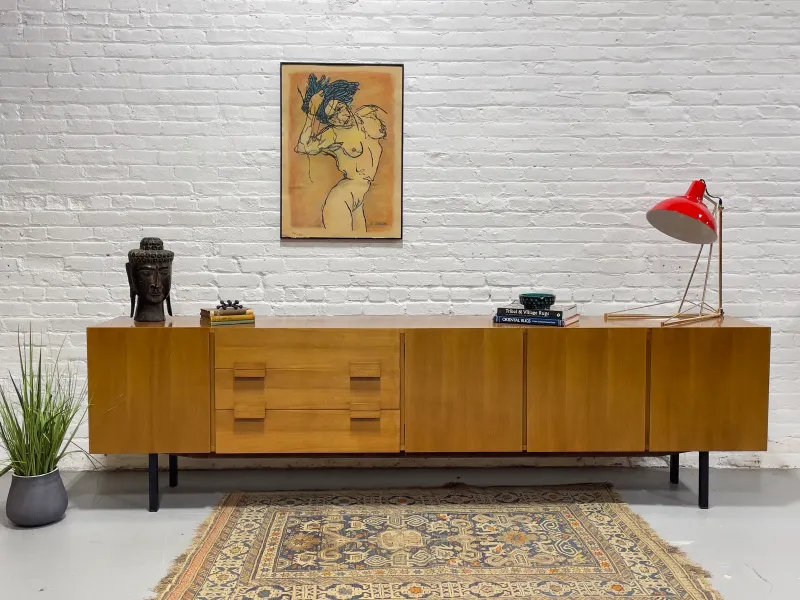
Teak credenzas have earned their permanent place in designers’ hearts through perfect proportion and honest materiality. The warm honey tones of this sustainable hardwood bring natural warmth to spaces dominated by cooler materials like marble, glass, or metal.
Unlike trendy pieces that quickly feel dated, teak develops a gorgeous silver-gray patina over time that only enhances its beauty. The substantial presence of these pieces grounds floating furniture arrangements while providing essential storage that keeps spaces feeling clean and organized.
Designers particularly value how these versatile workhorses transition between rooms and functions. A teak credenza works beautifully holding dishes in dining rooms, supporting TVs in living areas, or organizing linens in bedrooms. Their timeless appeal means they’ll never need replacing only appreciating in both value and beauty.
14. Slipcovered Sofas
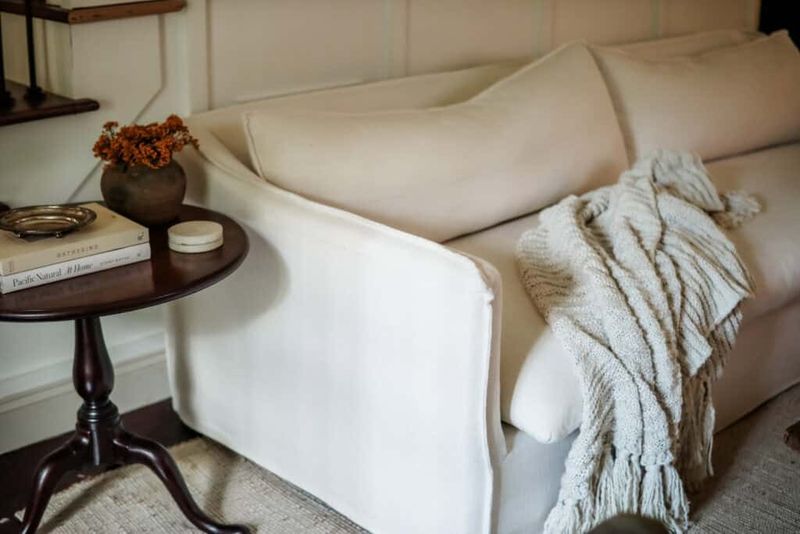
Slipcovered sofas have secured their place in designers’ permanent collections by combining practical durability with relaxed elegance. Unlike upholstered pieces that show every spill and stain, these washable wonders maintain their good looks through years of real-life use.
The genius of slipcovered designs lies in their adaptability. Seasonal changes are as simple as swapping white linen covers for warmer textured options when temperatures drop. This flexibility allows these investment pieces to evolve with changing tastes or relocate to different homes.
Designers particularly value how these sofas bring softness and casual sophistication to spaces that might otherwise feel too formal or precious. Their loose-fitting covers create an effortlessly elegant look impossible to achieve with tightly upholstered pieces, while their practical nature means you’ll never worry about children, pets, or red wine ruining your most-used furniture.

